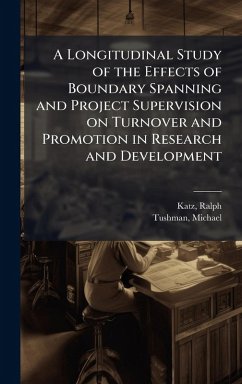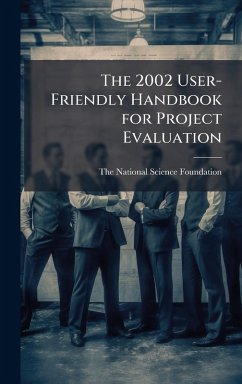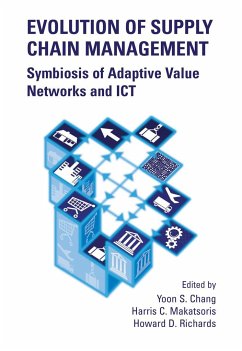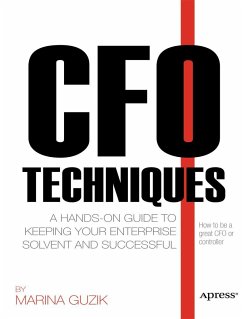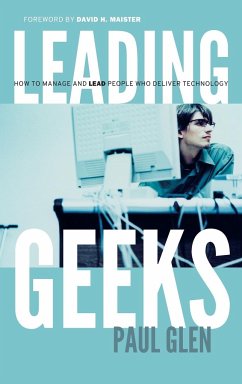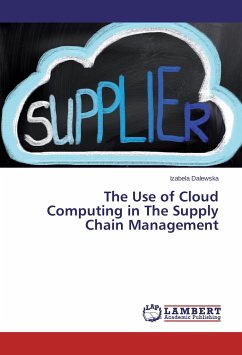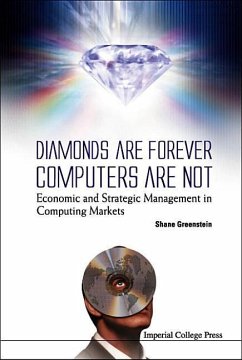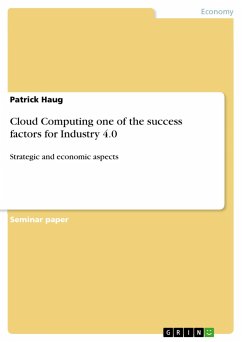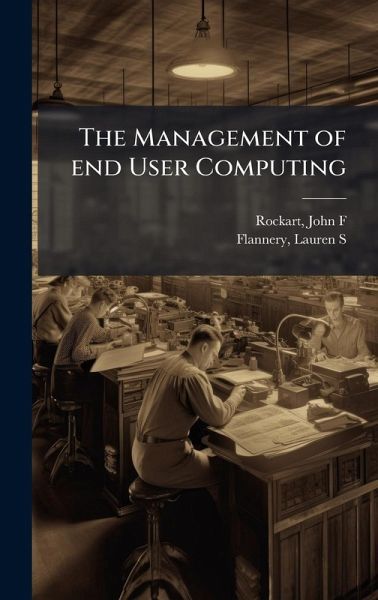
The Management of end User Computing
Versandkostenfrei!
Versandfertig in über 4 Wochen
25,99 €
inkl. MwSt.
Weitere Ausgaben:

PAYBACK Punkte
13 °P sammeln!
"The Management of End User Computing: A Research Perspective" explores the burgeoning field of end user computing as it stood in the early 1980s. Authored by John F. Rockart and Lauren S. Flannery, this book offers insights into the challenges and opportunities presented by the increasing involvement of non-technical users in computing. It provides a valuable historical perspective on the evolution of information management within organizations, highlighting the early strategies and considerations for effectively managing end user computing resources. While technology has advanced significant...
"The Management of End User Computing: A Research Perspective" explores the burgeoning field of end user computing as it stood in the early 1980s. Authored by John F. Rockart and Lauren S. Flannery, this book offers insights into the challenges and opportunities presented by the increasing involvement of non-technical users in computing. It provides a valuable historical perspective on the evolution of information management within organizations, highlighting the early strategies and considerations for effectively managing end user computing resources. While technology has advanced significantly since its publication, the fundamental principles of user empowerment, data management, and organizational integration remain relevant. This work serves as a foundational text for understanding the roots of modern IT management and the ongoing quest to align technology with business objectives. It is a worthwhile resource for researchers, historians of technology, and anyone seeking a deeper understanding of the evolution of computing in the workplace. This work has been selected by scholars as being culturally important, and is part of the knowledge base of civilization as we know it. This work was reproduced from the original artifact, and remains as true to the original work as possible. Therefore, you will see the original copyright references, library stamps (as most of these works have been housed in our most important libraries around the world), and other notations in the work. This work is in the public domain in the United States of America, and possibly other nations. Within the United States, you may freely copy and distribute this work, as no entity (individual or corporate) has a copyright on the body of the work. As a reproduction of a historical artifact, this work may contain missing or blurred pages, poor pictures, errant marks, etc. Scholars believe, and we concur, that this work is important enough to be preserved, reproduced, and made generally available to the public. We appreciate your support of the preservation process, and thank you for being an important part of keeping this knowledge alive and relevant.



